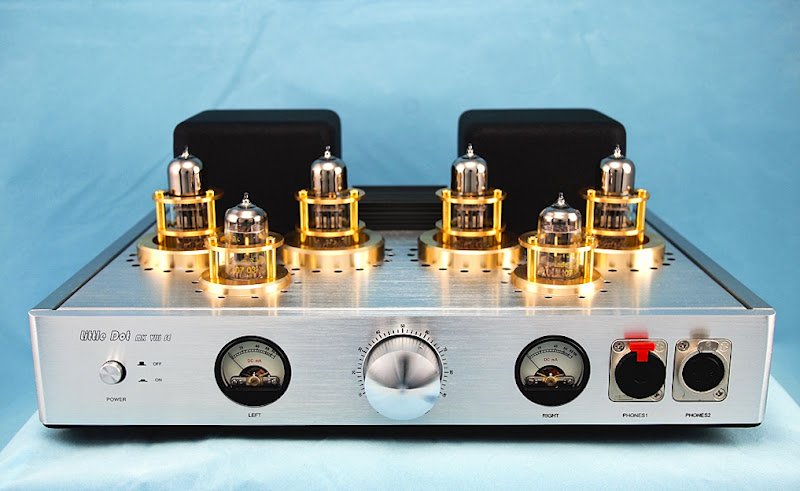thinkingoffish
New Head-Fier
- Joined
- Dec 2, 2011
- Posts
- 19
- Likes
- 13
No I did not just compare the RSA lightning to the Shadow I also compared it to the RSA Protector which is now a four year old model. The easiest way to answer this for me was when I compare the single output from the Protector to the balanced output. I much prefer the balanced output for the reasons I stated.
Then the balanced output of the protector is better than its single ended output, which isn't really a surprise given that it is designed as a balanced amp. Your previous statements imply balanced > single ended period though.
Originally Posted by Chris J /img/forum/go_quote.gif
Kinda weird statement there.........
What are you getting at.
It only accepts SE inputs?
Yes, the super 7 only accepts SE inputs. The DNA tube amps are similar in that they are a SE design, but he also makes them with balanced outputs (which have an actual balanced output, not just to be there in place of an adapter). Sonically there are not really any benefits to this, it is more of a convenience. The super 7 sounds the same whether I use the single ended jack or balanced jack, but you just get the noise rejection properties when using the balanced jack with a balanced headphone, which has no real benefit given that we are usually running only a couple of meters of cable for our headphones.





